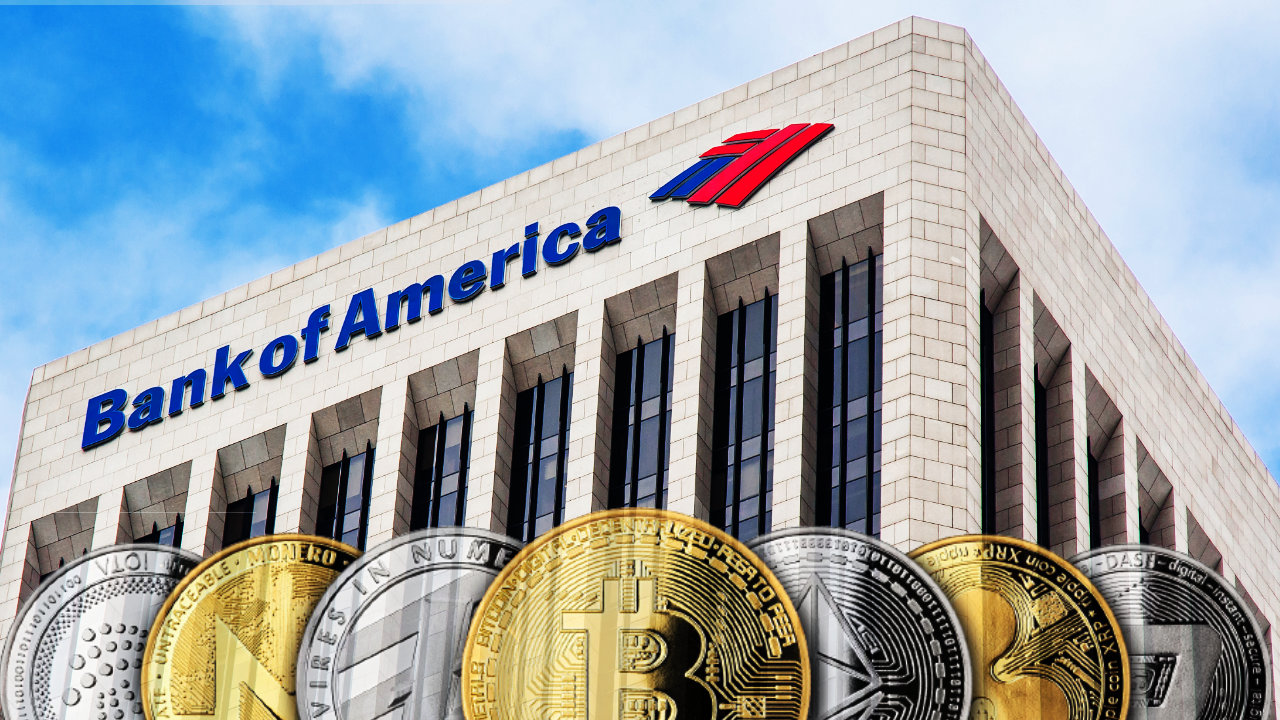Analyzing the Volatility Shift: Bitcoin vs. Tech Giants in October 2024
As we dive deeper into the ever-evolving landscape of financial markets, October 2024 has revealed some striking insights about volatility in Bitcoin compared to well-established tech companies. The figures are pretty illuminating: Tesla’s stock led the pack with a staggering 24% volatility, closely followed by AMD at 16% and Nvidia at 12%. Meanwhile, Bitcoin was comparatively calmer at 11%. This inversion defies previous assumptions that Bitcoin was inherently more susceptible to wild price swings than traditional equities.
October 2024 marked a turning point for Bitcoin’s volatility compared to tech stocks like Tesla and AMD.
The data tells a compelling story: Tesla not only had the highest volatility but also noted an eye-popping single-day gain of 21.92%. These numbers starkly contrast with Bitcoin’s maximum daily movements, which hovered around 5.11% upwards and 3.95% downwards. This serves as a critical reminder that perhaps the narrative surrounding Bitcoin’s volatility could use a refreshing revision.
The Changing Narrative
Up until now, Bitcoin was often placed in a box, deemed too risky for conservative investors. Yet, patterns emerging from this October data indicate that some tech stocks might deserve a more scrutinizing lens. For example, Meta and Microsoft returned lower volatility figures—around 8%—while Amazon and Google maintained ranges of 7% and 6%, respectively. Interestingly, Apple emerged as the most stable, clocking in at just under 6% volatility. This suggests that the market perception of Bitcoin being a volatile outlier may need recalibration, opening up discussions about its role as a potentially stable asset class.
Factors Behind Bitcoin’s Relative Stability
What exactly is stirring this dynamism in perceived volatility? According to market experts, several reasons underpin Bitcoin’s burgeoning sense of stability within the realm of tech stocks. Mike Ermolaev, founder of Outset PR, remarked on the maturation of Bitcoin as an asset, highlighting the significant institutional backing that has come into play.
“What we’re witnessing now is bitcoin maturing as an asset, with large, stable holders and significant institutional buy-in,” Ermolaev stated. “While bitcoin isn’t immune to market forces, the volatility gap between it and high-growth tech stocks is telling.”
This evolving landscape hints at Bitcoin shedding its skin of speculative volatility. The cryptocurrency’s growing institutional adoption—bolstered by events like ETF inflows—speaks volumes about how confidence in its stability is ascending.
Are Bitcoin and tech stocks converging in terms of volatility?
Moreover, Mike Cagney, CEO of Figure Markets, provides another layer of insight by suggesting that there’s more overlap between crypto and equity traders than we often realize. As more trading platforms offer services, bridging the gap between these two markets, the correlation between Bitcoin and tech stock volatility is likely to increase. This integration will fundamentally alter the playbook as investors start viewing Bitcoin not only as a speculative vehicle but rather as a legitimate alternative asset.
Understanding Bitcoin’s Safe-Haven Potential
Interestingly enough, the data sparks intriguing discussions surrounding Bitcoin’s potential as a safe-haven asset, especially as economic concerns loom large. Alan Orwick, Co-Founder at Quai Network says,
“Bitcoin’s unexpected stability in October might signal its emerging role as a modern safe-haven asset.”
Orwick’s comments echo a broader sentiment in the crypto community. As inflation continues to cast shadows on traditional markets, many investors are beginning to consider Bitcoin as a bulwark against economic uncertainty. This re-evaluation of Bitcoin’s value further entices individuals to rethink their positions in an inflationary future, potentially reshaping investment strategies.
Don’t Dismiss Volatility as a Drawback
While some analysts highlight the potential of Bitcoin’s decreasing volatility, others caution against viewing volatility as merely negative. Dr. Tonya M. Evans, a Digital Money Expert, argues that this characteristic is fundamental to what makes emerging asset classes like crypto fascinating and dynamic.
She encapsulates this notion perfectly by saying,
“Just as traditional finance markets settled over time, bitcoin will likely follow suit as adoption continues to grow and expand.”
This evolving narrative suggests that volatility should not warrant fear but be recognized as a sign of opportunities within an unpredictable financial landscape. Just as tech stocks like Tesla and AMD have shown exponential growth amid unpredictability, Bitcoin can also be seen as navigating similar waters.
Conclusion: Reflecting on the Future
As we analyze the developments in Bitcoin’s volatility vis-a-vis leading tech stocks, one thing is clear: the conversation is changing. The metrics and expert insights echo a narrative that demands we reconsider our preconceived notions about what constitutes volatility. The interplay between Bitcoin and traditional markets will likely reshape investment strategies as a growing number of investors treat cryptocurrencies and tech stocks with a similar lens. The question we should ponder now is: as Bitcoin evolves, will it secure its status as a stable asset in the ever-fluctuating world of finance?
What lies ahead for Bitcoin in a fluctuating market?
In summary, the financial narrative simplifies the complexities surrounding Bitcoin’s evolving role. As we step into the new frontiers of investing, let’s not underestimate the potential both Bitcoin and tech stocks hold as they redefine stability and opportunity in our portfolios.


 Photo by
Photo by 











